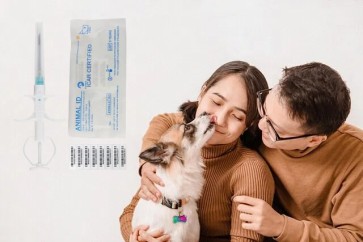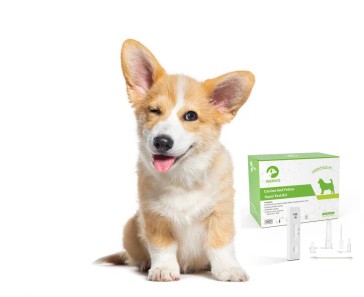Feline Panleukopenia Virus (FPV), also known as feline distemper, is a highly contagious viral disease affecting cats' immune and gastrointestinal systems. While vaccination has significantly reduced its prevalence, FPV can still cause severe illness, especially in kittens and unvaccinated cats. Quick detection and intervention are crucial to managing this potentially life-threatening infection.
In this article, we’ll explain what FPV is, how it spreads, signs to watch for, and how cat owners can conveniently detect the virus early using the TAEING 10x FPV Home Test Kits.
What Is Feline Panleukopenia Virus?
Feline Panleukopenia Virus is a parvovirus that attacks rapidly dividing cells in a cat’s body, particularly those in the intestines, bone marrow, and lymph nodes. It is different fro















